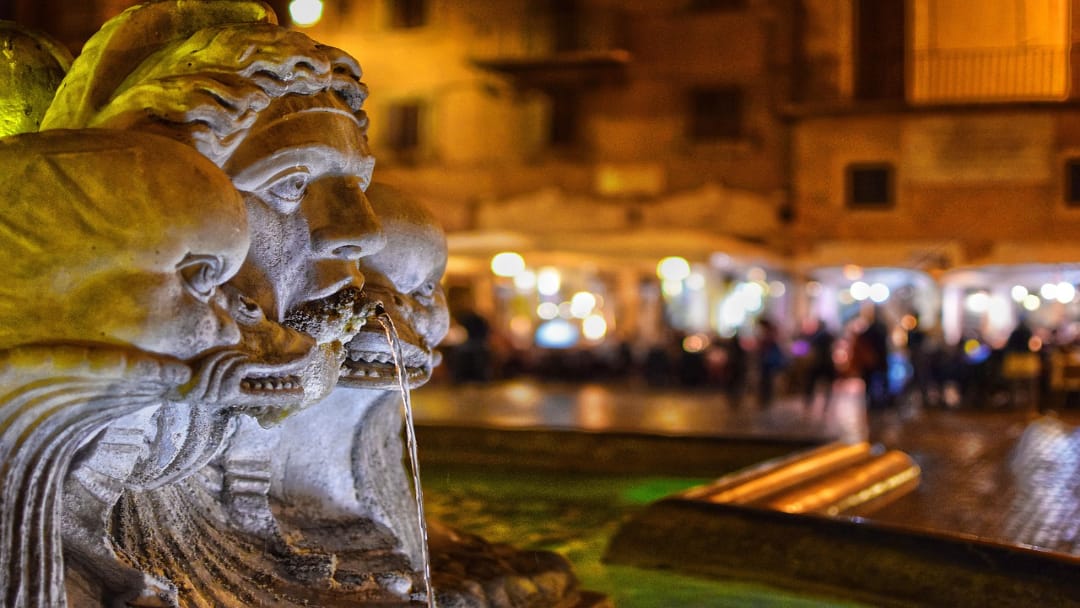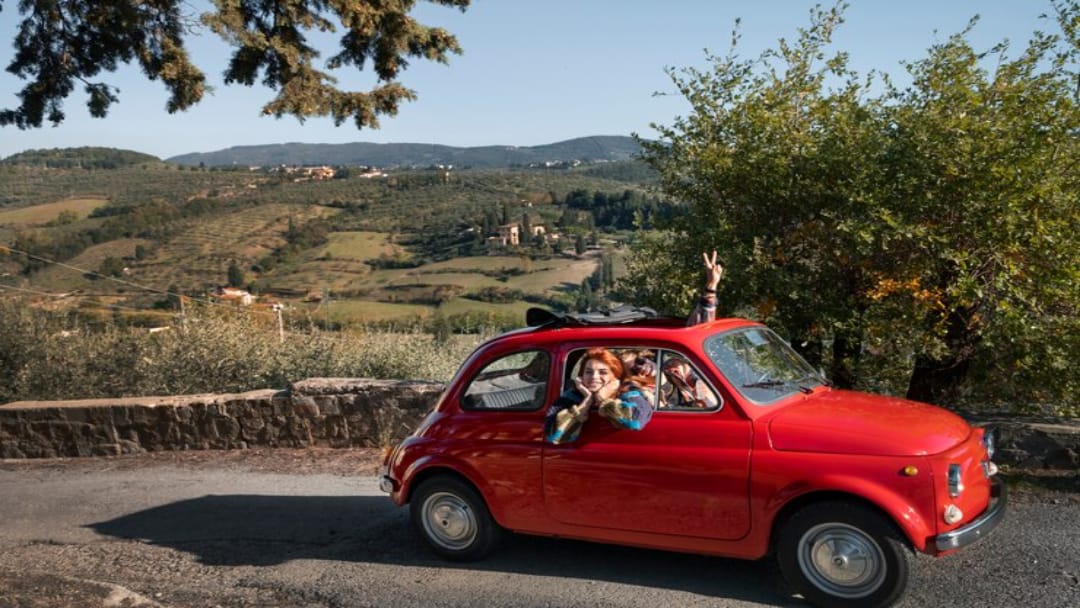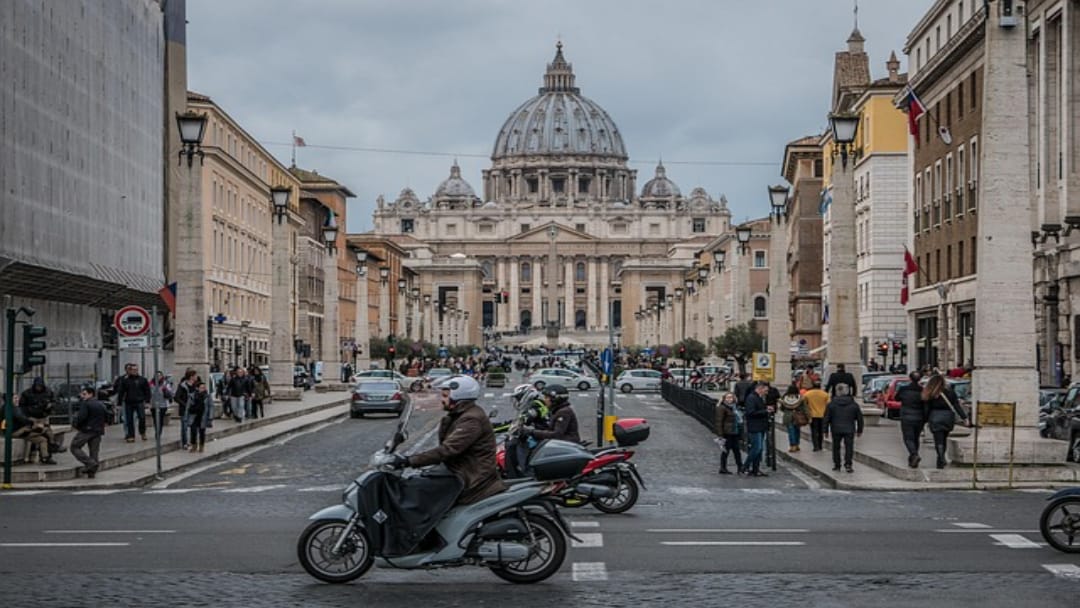I had the great pleasure of spending Easter in Rome during the Jubilee. Having grown up in West Germany as a child, I couldn’t help but notice the similarities between the two cultures as I saw groups and families that had traveled to Rome to engage in the celebration.

At first glance, Germany and Italy may seem to celebrate Easter in very different ways—one with hearty Alpine traditions, the other with Mediterranean flair. But beneath the surface, these two cultures share a deep-rooted love for Easter that centers around faith, family, food—and not to be overlooked—chocolate.
Easter is more than just a single day in both countries; it’s a whole season marked by reflection, ritual, and joyful anticipation. From Palm Sunday through to Easter Monday, German and Italian households follow customs passed down through generations, many of which mirror one another in spirit, if not in exact form.
Both countries place strong emphasis on family gatherings during this weekend. German families often enjoy a traditional meal of roasted lamb, accompanied by potatoes and spring vegetables. In Italy, Easter Sunday typically involves a festive lunch featuring lamb or kid goat, symbolic of sacrifice and renewal, along with regional specialties like torta pasqualina (a savory Easter pie) and colomba di Pasqua, a dove-shaped sweet bread. Interestingly, this resembles the German Osterbrot, a sweet, fruit-studded loaf often shared during Easter brunch.

Church services and processions form a spiritual backbone to the celebrations in both nations. While Italian towns—especially in the south—are known for their theatrical, often emotional processions featuring statues of the Virgin Mary and the risen Christ, many German towns also host more modest but equally meaningful observances, with Easter masses, hymns, and candlelight rituals.
Now, to the delight of both children and adults, no festival is complete without chocolate. Germany and Italy each embrace this sweet tradition, though in characteristically different ways. German Easter baskets are famously filled with hollow chocolate bunnies, foil-wrapped eggs, and sometimes even intricately decorated sugar confections. The Easter egg hunt—whether in the garden or indoors—is a cherished activity, turning chocolate into a reward for curiosity and play.

In Italy, chocolate takes a slightly more dramatic form. The iconic uovo di Pasqua, a large, hollow chocolate egg, often conceals a surprise toy or trinket inside and is beautifully wrapped in bright foil and ribbons. These eggs are exchanged among friends and family, sometimes even personalized with messages or custom gifts hidden inside.
Both countries also savor the joy of Ostermontag in Germany and Pasquetta in Italy—Easter Monday. It’s a day set aside for nature walks, picnics, or countryside escapes, often with a leftover slice of lamb and a generous helping of chocolate in tow. Whether gathered around a backyard table in Bavaria or sprawled on a picnic blanket in Tuscany, the shared sentiment is unmistakable: it’s time to relax, indulge, and be together.

